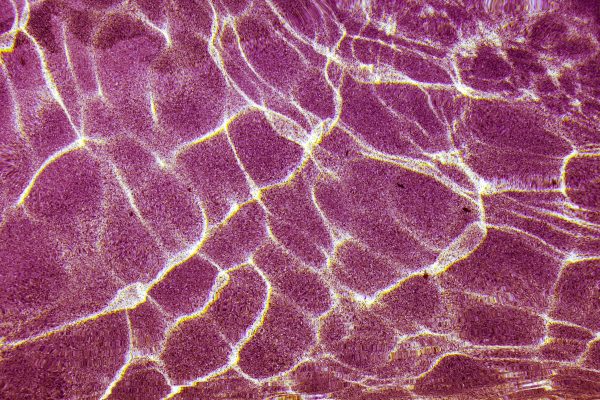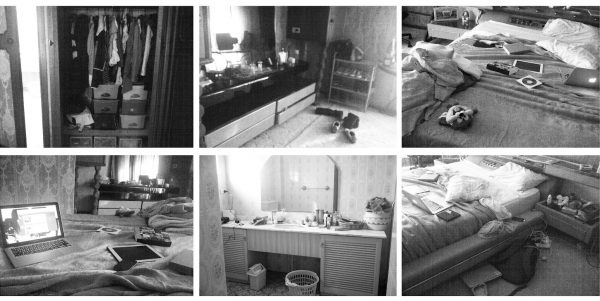Susanna Moore’s memoir, Miss Aluminum (2020), takes its title from a trade show at the New York Coliseum in the late 1960s, where a 20 year old Moore, wearing a silver dress, silver stockings, and silver high heels, carrying a silver trident made out of cardboard tubes wrapped in tinfoil and pasted with silver glitter, handed out brochures advertising the benefits of aluminium masts and hulls. After the trade show, she goes to a dinner, still silver from head to toe: ‘The men on either side of me, both in blue yachting blazers with crests on the pockets, were polite but not particularly thrilled to be sitting next to a dazed twenty year old girl with streaks of glitter on her face.’
Moore’s memoir is about what it was like to be that dazed twenty year old girl, beautiful and brittle, whose glittering outer shell did a mostly adequate job of obscuring the messy reality of her childhood and adolescence. The oldest of five children, Moore grew up rich and happy-ish in Hawaii, with a troubled, glamorous mother and a distantly benevolent physician father. The relative peace of her childhood ended when she was 12, with the abruptly shocking death of her mother and her father’s hasty remarriage to a vicious, wealthy woman with a child of her own.
Moore ran away from Hawaii and her stepmother as soon as she was able. She became a successful model and then a script reader for Warren Beatty and Jack Nicholson, attended dinner parties with Audrey Hepburn and went on holiday with Joan Didion. She also became a celebrated writer, the author of seven novels and three works of non-fiction, all of them written with an elegance and a lucid precision that seems to sit almost at odds with the expansive messiness of her themes. Her first three novels – My Old Sweetheart (1982), The Whiteness of Bones (1989) and Sleeping Beauties (1993) – are set in the Hawaii that Moore grew up in, with protagonists whose backgrounds have a lot in common with her childhood and adolescence. In the Cut (1995), her fourth, was a departure – a violent psychological thriller set in New York, about an English lecturer, Franny, who gets pulled into a murder investigation. In the Cut made Moore famous. 26 years later it still feels transgressive, and is still one of those books that people press on each other with a determined look in their eye. In almost all of her work, Moore’s attention alights on what the world asks of women, and what it extracts from them without asking. She is interested in the gaps between the façade and the facts of the matter, in the difference between how women see themselves and how they are perceived by others. I spoke to Moore last year about Miss Aluminum, her novels and their reception, her students (she teaches at Princeton), and the advice she wishes Audrey Hepburn had given her.




